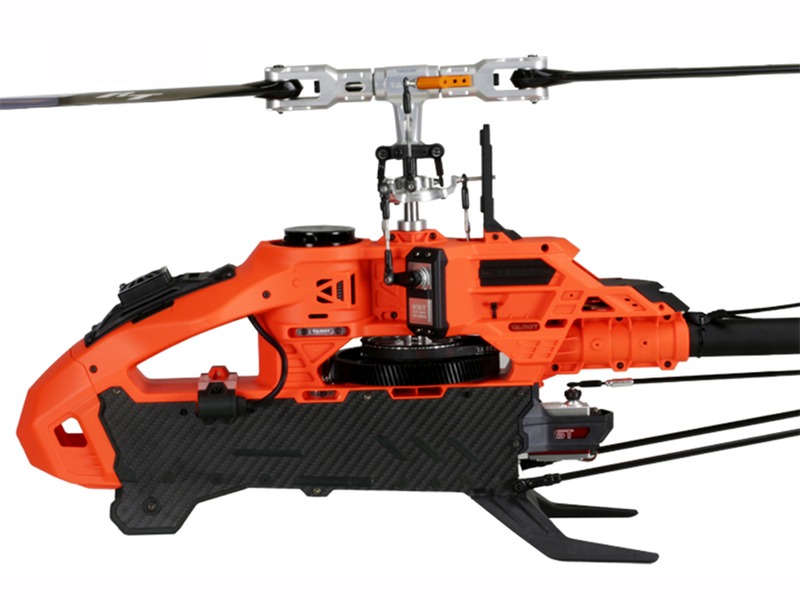What are the 3 major controls in RC helicopter?

The 3 major controls in a radio-controlled (RC) helicopter are the collective pitch, cyclic pitch, and tail rotor. Together, these three components enable the helicopter to move through the air, adjust its attitude, and maintain stability.
Collective pitch is the most important of the three controls, as it is responsible for controlling the altitude of the helicopter. It works by adjusting the pitch angle of the main rotor blades. When the collective pitch is increased, the blades angle upwards, creating more lift and increasing the altitude of the helicopter. Conversely, when the collective pitch is decreased, the blades angle downwards, decreasing lift and lowering the altitude of the helicopter.
Cyclic pitch is the second major control in an RC helicopter. It is responsible for controlling the roll, pitch, and yaw of the helicopter. It works by adjusting the pitch angle of the main rotor blades in a cyclic pattern. This causes the helicopter to tilt in the desired direction, allowing it to move in that direction. It also allows the helicopter to adjust its attitude, such as when it needs to hover in one spot or turn in a tight circle.
Finally, the third major control in an RC helicopter is the tail rotor. This component is responsible for providing stability and counteracting the torque created by the main rotor blades. The tail rotor works by adjusting the pitch angle of its blades to produce thrust in the opposite direction of the main rotor’s torque. This keeps the helicopter from spinning out of control.
These three components—collective pitch, cyclic pitch, and tail rotor—are the major controls in an RC helicopter. Together, they allow the helicopter to move through the air, adjust its attitude, and maintain stability. Without them, the helicopter would be unable to fly properly.
Comments / Question
2. Receiver – The receiver is the device that receives the signal from the transmitter and sends it to the servos.
3. Servos – The servos are the motors that control the movement of the helicopter's rotors, allowing it to hover, move forward, backward, and side-to-side.

